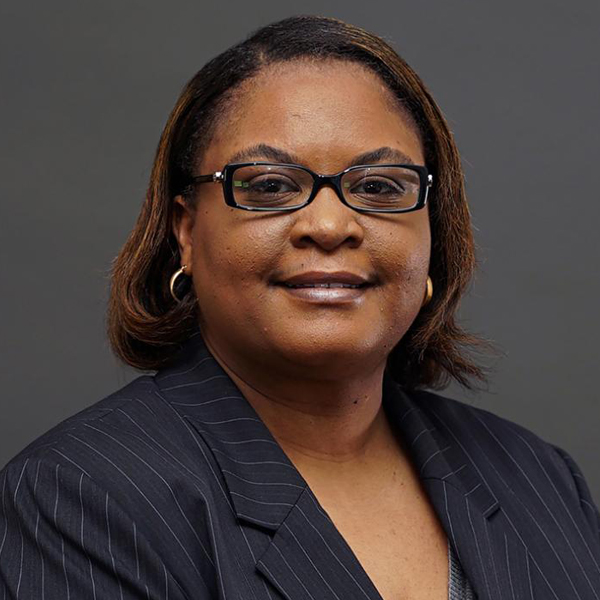
The diversification of academic public health has crawled or stalled in various categories over the last 30 years. In the same racial and ethnic groups where health disparities are the most stark, student and faculty participation in academic public health programs is disproportionately low. For example, while percentages and trends vary by discipline, there is a dearth of tenured Black faculty in academic public health. Our best estimates suggest that among tenured faculty, 1.9 percent were Black in 1991, 2.2 percent were Black in 1997, and 3.8 percent were Black in 2017.
In 1999 the founding dean of NYU GPH, Dr. Cheryl Healton, wrote the seminal paper The Shape of Our River, which examined the racial and ethnic composition of students, graduates and faculty in schools of public health. She found slight increases over a ten-year period in Asian, Black and Hispanic graduate student enrollment, ranging from two to seven percentage points. But from 1991 to1997, there was relatively no change in the percent of Asian, Black, and Hispanic tenured faculty.
I had the privilege of leading a team on a 20-year update to the Healton study that examined member institutions of the Association of Schools and Programs of Public Health. The data showed modest improvements: in graduate student enrollment, the 20-year increase in each nonwhite racial/ethnic subgroup was less than or equal to five percentage points, and among non-White tenured faculty, the 20-year increase ranged from less than one to eight percentage points.
So while some progress has been made, these studies demonstrate the need to redouble our efforts to diversify academic public health. In order to increase the number of people from underrepresented racial and ethnic groups in academic public health, we should talk about pathways, not pipelines.
A pipeline moves material — or people — by applying external pressure, with limited room for variability. In the Science, Technology, Engineering and Math (STEM) disciplines that are so critical to success in our field, unfortunately, a leaky pipeline often results in Blacks and other racial/ethnic minorities being intentionally pushed out. Evidence demonstrates that pressure in the academic pipeline is often used to exclude—certainly not our desired outcome. A pathway, however, is welcoming; it leads to a destination by being accessible to join at any point along the way.
At the GPH Center for Anti-racism, Social Justice & Public Health, we’re committed to diversifying academic public health through several pathway programs designed to roll out a red carpet to those who have often been unwelcome in public health. They provide three main resources: 1) A window that allows participants to glimpse a career and what people working in the field do; 2) A mirror that allows participants to see their reflection—someone in the field who looks like them; and 3) An open, sliding glass door they can walk through to get some hands-on experience.
In other tangible ways our school is actively working to change the shape of our river. More than 50 percent of our student body includes international students or underrepresented minorities. Our faculty is among the most racially and ethnically diverse across U.S. schools of public health. And with the appointment of Dr. Debra Furr-Holden, a passionate advocate for health equity, as the second Dean of GPH, we’re in the company of only the Harvard T.H. Chan School of Public Health (my alma mater) as a school of public health with a Black woman at the helm.
I’m proud to be part of an institution that’s actively working to change the shape of our river—but there’s more work to be done.

Melody Goodman, PhD
Vice Dean for Research; Professor of Biostatistics; Director, Center for Anti-racism, Social Justice & Public Health